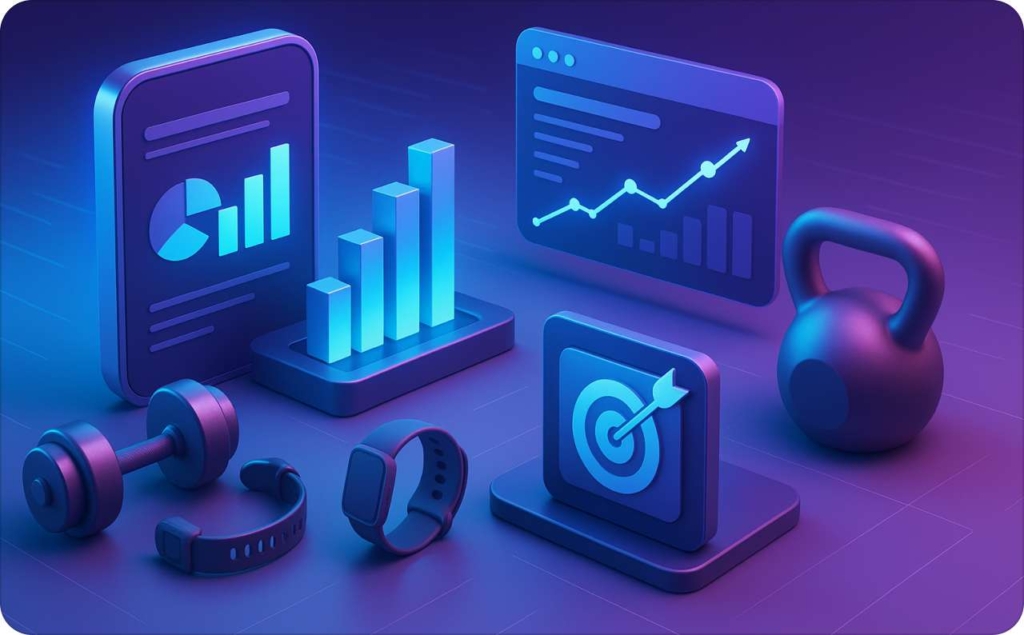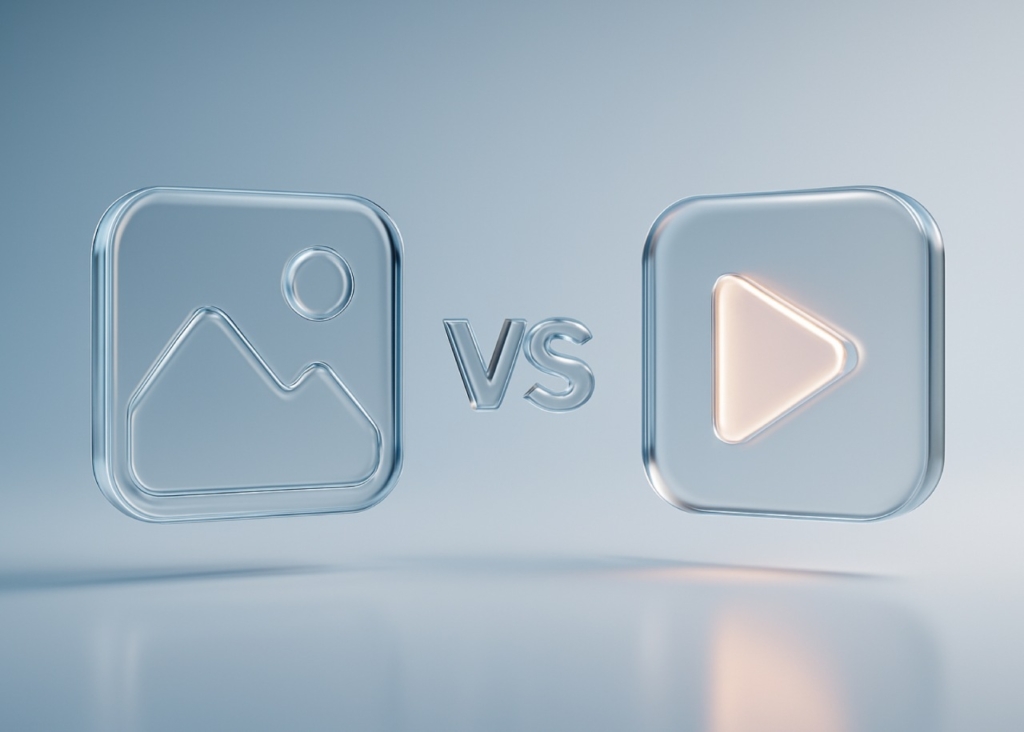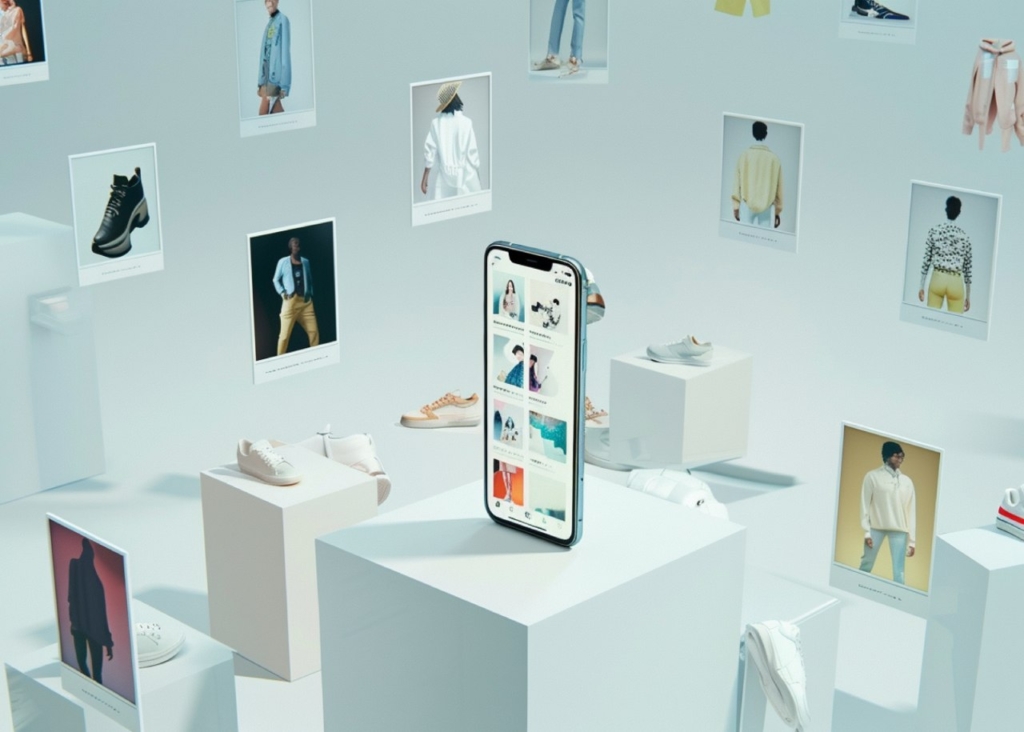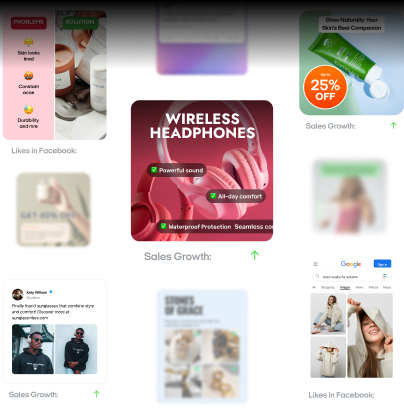AI for Facebook Ads optimization: 5 best practices to boost ROI
What if AI could find your most profitable audiences automatically? Here are five expert strategies to optimize Facebook Ads and maximize returns.
You might be wasting time and money on Facebook Ads if you’re still relying on guesswork. Manual targeting, static creatives, and outdated methods can’t keep up in today’s fast-paced digital world. That’s why AI for Facebook Ads optimization is more than a buzzword. It’s a data-driven strategy that boosts your ROI by removing costly trial-and-error.
One apparel brand proved this. After switching to AI-driven targeting, it cut its cost-per-click in just some weeks. According to Statista, global AI marketing revenues will reach about 47 billion U.S. dollars in 2025 and could exceed 107 billion by 2028.
That jump isn’t just hype. It reflects a sweeping digital transformation, where businesses of all sizes use automated marketing to stay competitive. If you want your campaigns to thrive, it’s time to adopt the machine learning approaches that power Facebook Ads success.
You’ll learn how to choose the right tools, measure ROI precisely, and refine each step using real-time data. Your journey toward dominating Facebook Ads with AI starts now — let’s dive in.
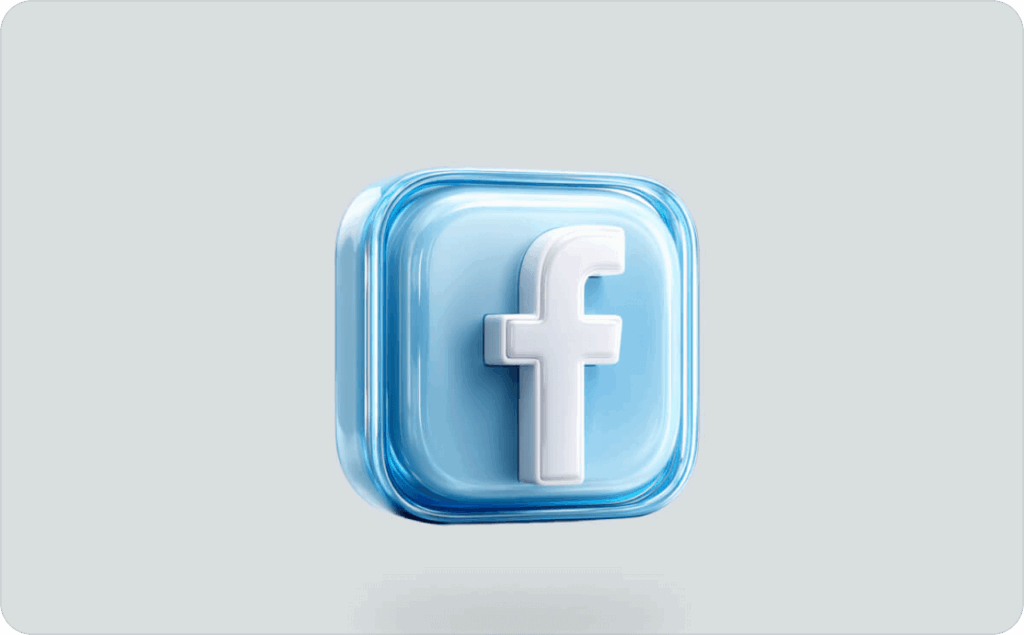
The role of AI in Facebook Ads optimization
If you still rely on manual bidding, you’re wasting time and money. Facebook Ads run on data, not guesswork. That’s why AI is essential. A recent Neil Patel survey says nearly one-fifth of marketers already use AI. They’re swapping tedious manual tasks for a data-driven approach — and so should you.
From legacy methods to data-driven automation
Before, you’d adjust bids by hand and hope you found the right audience. Now, Meta’s algorithm reads signals like clicks, page visits, and engagement. It then shows your ads to people most likely to convert. If you run retargeting campaigns, it prioritizes users who recently viewed your product pages. This swap from manual to automated means less guesswork and more wins.
How Facebook’s AI improves targeting accuracy
At the core of Facebook’s AI is the estimated action rate, which predicts user behavior. If you use dynamic creative optimization, you can test multiple headlines and visuals at once. An online cosmetics brand did just that and saw a 23% jump in conversions in a single week. It’s all about serving the right content to the right audience — automatically.
Real-time adjustments and pixel-conversion API sync
Facebook’s AI constantly optimizes your campaigns. If an ad underperforms, the system limits its reach and diverts budget to better-performing ads. The Facebook Pixel tracks on-site actions like page visits, while the Conversion API logs server-side events like checkouts.
If you’re on Shopify or WooCommerce, built-in plugins make setup simple. By monitoring cost per acquisition and return on ad spend, you know your budget is hitting the right targets in real time.
Why this matters for modern marketers
Intelligent ad delivery isn’t just about bigger numbers — it’s about smarter spending. You focus on your message, explore new audiences, and plan for long-term success while AI handles the back end.
5 key ways to leverage AI for Facebook Ads optimization
If you’re still tweaking every setting by hand, you’re wasting time and risking weak results. AI removes guesswork and lets you focus on static or Facebook dynamic ads strategies. This section shows you five ways to use AI for better Facebook Ads performance.
Write strong ad copy with ChatGPT
Crafting ad copy can feel like a chore. ChatGPT makes it faster. You feed in your product details, audience insights, and brand tone. The AI then generates multiple headlines and descriptions in seconds.
One eCommerce store saw a 20% lift in click-through rates after switching to AI ad copy creation. You can still refine the final text, but at least you won’t start with a blank page. Next up: visuals.
Get scroll-stopping creatives with Zeely AI and DCO
Great copy won’t save dull images. Zeely AI uses dynamic creative optimization to blend your visuals, headlines, and layouts. It spots top performers while pausing the laggards.
An apparel brand tested this approach. They replaced their manual designs, and conversions jumped by 15% in one week. Then they let AI handle budget tweaks.
Automate budget and strategy with Revealbot
Manually tracking bids is a time sink. Revealbot reads your performance in real time and adjusts spending or placements. If your CPA spikes, Revealbot pauses that ad set and shifts budget to stronger ones.
A marketing agency reported saving five hours a week after adopting Revealbot. That’s time you can invest in new ideas or deeper user research.
Engage leads around the clock with AI chatbots
Ads often spark comments and messages. You can’t reply 24/7. That’s why AI chatbots like ManyChat exist. They respond to common questions, share lead magnets, and hand off complex queries to a live agent.
Target the right people with AI-driven audience segmentation
Relying on demographics alone wastes ad spend. AI-driven audience segmentation digs deeper into actual user behavior, ad interactions, and purchase patterns. Different tools build lookalike groups based on real buying habits.
Tie it all together
You can combine these tactics for a smooth workflow. Use ChatGPT for copy, Zeely AI for visuals, Revealbot for budget rules, ManyChat for lead nurturing, and AI-driven audience segmentation to stay on track. No coding required. Most tools integrate with Facebook Ads Manager via direct plugins.

Additional tactics and best practices
If you still rely on manual setups for your Facebook Ads, you risk high costs and low returns. In fact, a recent Semrush note underscores that advertisers must rely on AI tools to effectively manage their Facebook ad campaigns and achieve ROI — not just set them and hope for the best.
This section covers how Facebook uses AI for A/B testing, server-side tracking, and even how experimental AI features can help you save time and money.
How AI improves A/B testing and tracking
AI handles everything, from testing your ads in real time to merging browser and server data. You’ll get faster insights, fewer wasted clicks, and a clearer path to stronger returns.
Let’s start with AI A/B testing, where you can swap entire elements — headlines, visuals, audiences — at once instead of testing them one by one.
AI A/B testing: Moving beyond the basics
Most advertisers barely scratch the surface of testing. Dynamic ad testing — often powered by dynamic creative optimization — automates those swaps in a single pass. A clothing retailer dropped its CPA by 25% by letting DCO shuffle product images and calls-to-action automatically.
Use Pixel + conversion API for unified tracking
Relying solely on the Facebook Pixel can leave gaps when cookies fail or users switch devices. The conversion API captures server-side events, like CRM updates and final checkouts. Many platforms — Shopify, WooCommerce, WordPress — offer quick plugins, so you don’t need custom code.
By syncing the Pixel and Conversion API, you give performance analytics fuller data to work with. Advertisers say they save up to 10 hours a month on manual tracking fixes. You also help your AI see the entire conversion journey. Once your tracking is comprehensive, it’s time to explore advanced or even beta-level features.
Try experimental AI features
Meta occasionally releases beta tools aimed at pushing automation further. Advantage+ Shopping Campaigns is one such feature. It personalizes placements and creative in real time — helpful for spotting ad fatigue or sudden audience shifts. Some advertisers report a 15% higher ROAS with early access.
Even small gains in click-through or conversions can stack up quickly, especially as AI continually refines your campaigns. After you automate testing and unify tracking, you can keep improving by tweaking each lever at the right moment.
Best practices for ongoing optimization
AI runs best on data-backed insights and clear goals. Pick one primary KPI, like cost per lead, and check progress every week or so. Refresh your ads, watch predictive analytics, and adjust your budget rules when you see winners or losers emerge.
Next, you’ll read how real brands — both eCommerce and B2B — turned these strategies into stronger performance and lower costs. If you’re ready to ditch guesswork and trust AI for the heavy lifting, keep going for success stories that show how easy it can be.
Future trends & innovations in AI for Facebook Ads
If you rely on last year’s tactics for Facebook ads, you’re already behind. McKinsey says gen AI could add up to $4.4 trillion in annual global productivity — and marketing and sales might capture 75% of that. AI excels at personalizing messages, predicting user actions, and refining targeting. That sets the stage for better Facebook ad performance.
From predictive AI to immersive augmented reality
Machine learning already optimizes bids and placements. But AR in ads goes further. B2C firms can showcase software demos or 3D product previews in a virtual environment.
Jane Doe, AR Specialist at Meta, calls AR “the next evolution for brands seeking memorable, in-feed experiences.” This visual leap is only half the story. You also need deeper emotional triggers.
Psychographic profiling: Target mindsets, not just demographics
Psychographic profiling examines user motivations and attitudes. Some advertisers report a 30% jump in click-through rates when they tailor creative to user mindset. You can run quick polls or quizzes to gather these insights. Keep data collection voluntary and anonymized to respect privacy.
Capture AI’s trillion-dollar potential
Try a small AR campaign using Spark AR or test a psychographic-based ad set in Ads Manager. Focus on one key KPI, like CPA or CTR, and track changes weekly. Make sure you gather user data ethically, with opt-ins and anonymized info.
If gen AI can unlock $4.4 trillion globally, and marketing claims a giant share, this is your chance to stand out. Launch a quick AR pilot or a segmented message strategy now. Next, you’ll see how forward-thinking brands apply these AI advancements across both eCommerce and B2B.
Zeely AI: Optimize your Facebook Ads
Looking to supercharge your Facebook ads with minimal effort? Zeely AI guides you from setting up your user profile to launching fully optimized campaigns that use video, static visuals, and smart targeting. Here’s how it works:
Install the Zeely App on your phone and set up your user profile. You’ll answer a few questions so the AI understands your needs. Don’t want an app? Use Zeely web on your laptop or PC.
Step 1: Add products
Paste your product URL, and Zeely AI automatically pulls images and details for future ads. No website yet? Add product info and photos by hand. Pick your product type, set the right call to action, then tap Create product.
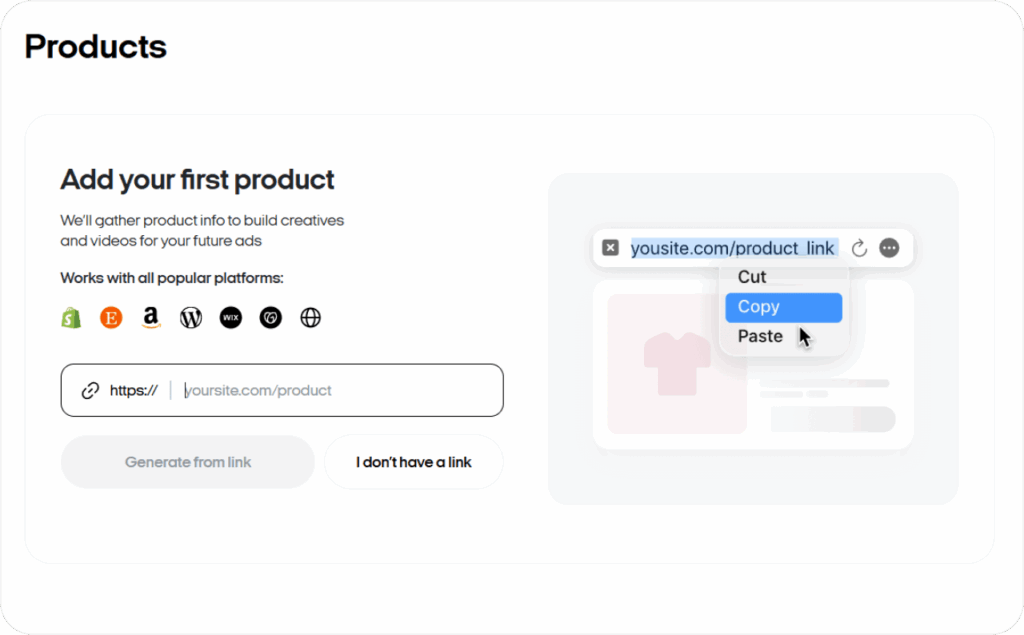
Step 2: Generate video ads
Choose the product you want to highlight. Pick a video template that grabs attention and select one of 30+ hyper-realistic AI avatars to create UGC Facebook Ads. Choose a script — either yours or one generated by the AI. Add music for the perfect tone, then render your video. It’s usually ready in 7–12 minutes. While you wait, you can also make static creatives.
Step 3: Produce static ads
Want a quick, high-CTR static visual? Choose your product, pick one of 100+ proven templates, and let Zeely AI handle photo selection. Hit Generate and in about one minute, your ad is done. Save it in ad, post, or story format — your choice.
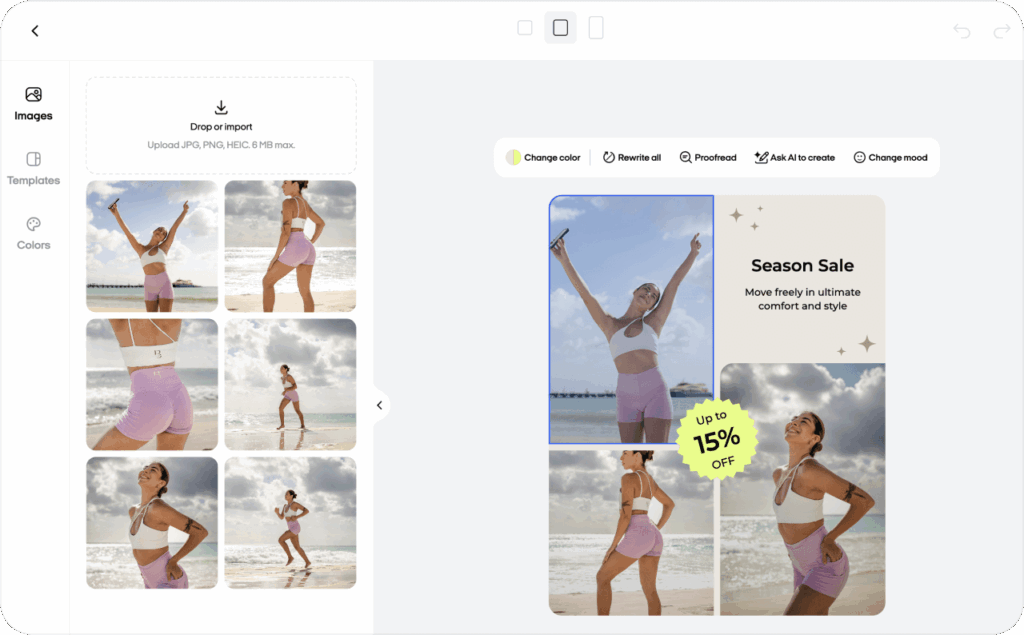
Step 4: Launch AI-optimized campaigns
Select the product and campaign objective, like Traffic or Leads. Decide where to run ads — Instagram, Facebook, or both, and choose your creatives. For best results, combine at least one video with two static visuals.
Follow AI’s recommendations for audience, budget, and duration, then complete payment to launch. Track performance in real time and let Zeely AI handle the heavy lifting.
Conclusion and actionable takeaways
If you still manage Facebook ads manually, you may be wasting time and budget. A leading AI aggregator says advertisers who use AI for Facebook ads gain up to a 20% jump in ROAS within a month. That growth comes from predictive analytics and advanced personalization — two pillars of modern digital marketing strategies.
Focus on one metric, like CPA or CTR, to track results fast. Over the next week, test a small AI-powered campaign — maybe a Spark AR filter, or a ChatGPT + Zeely AI combo. Set a modest budget to gather real data quickly.
Sync the Conversion API for deeper insights. Check performance every few days and let predictive analytics guide your next move. Give yourself a week, see what converts, then scale. Don’t let guesswork or long hours hold you back — start optimizing now and watch your ROAS rise.
Also recommended
